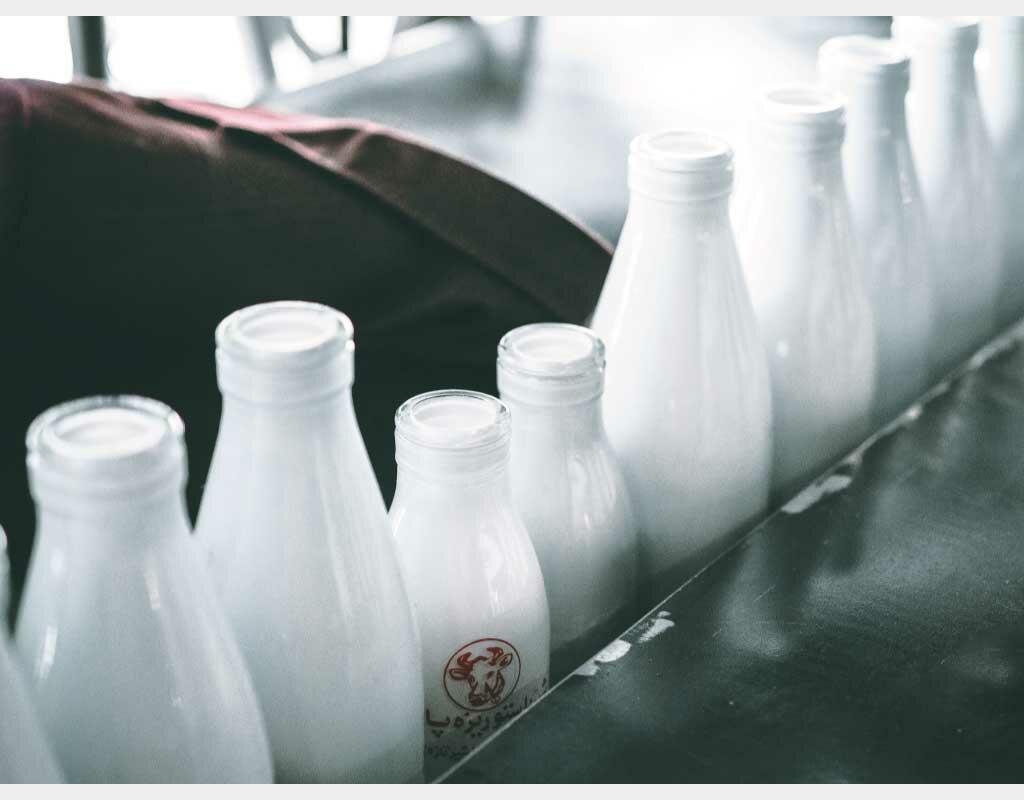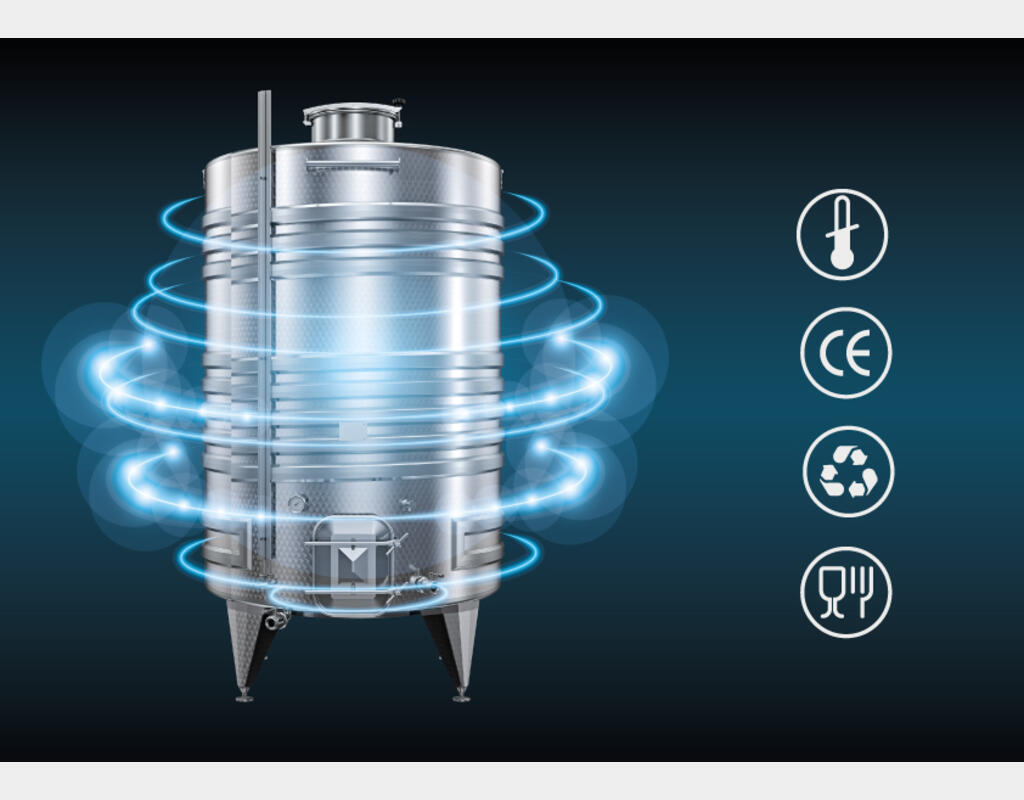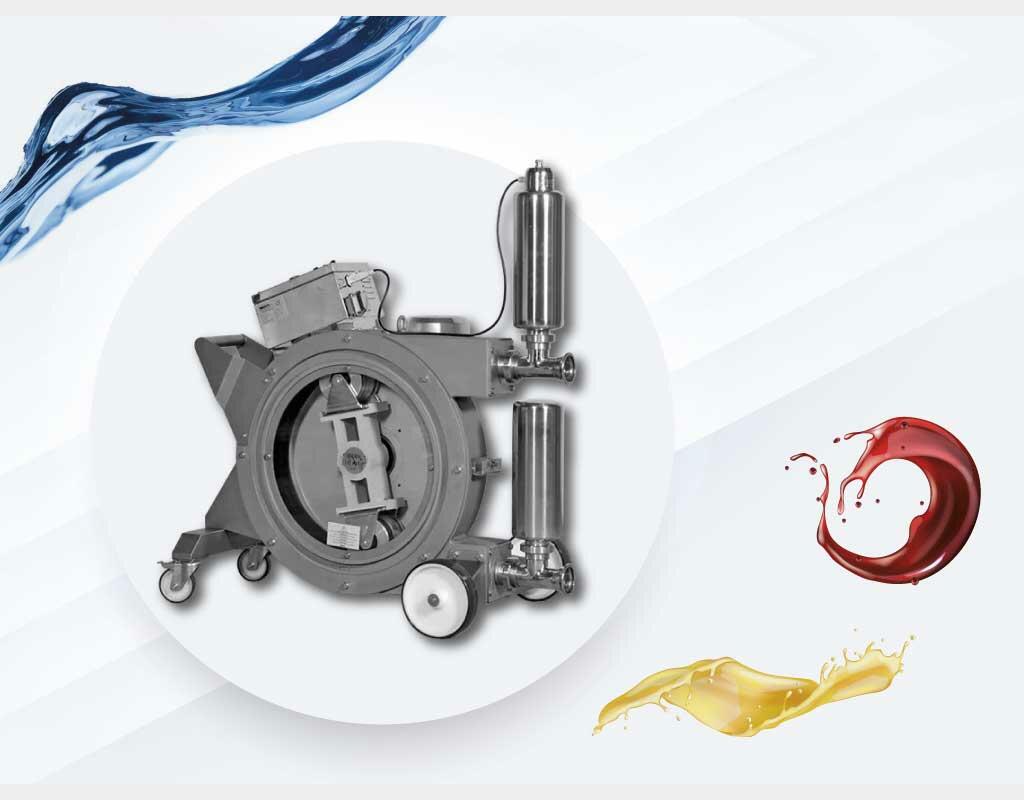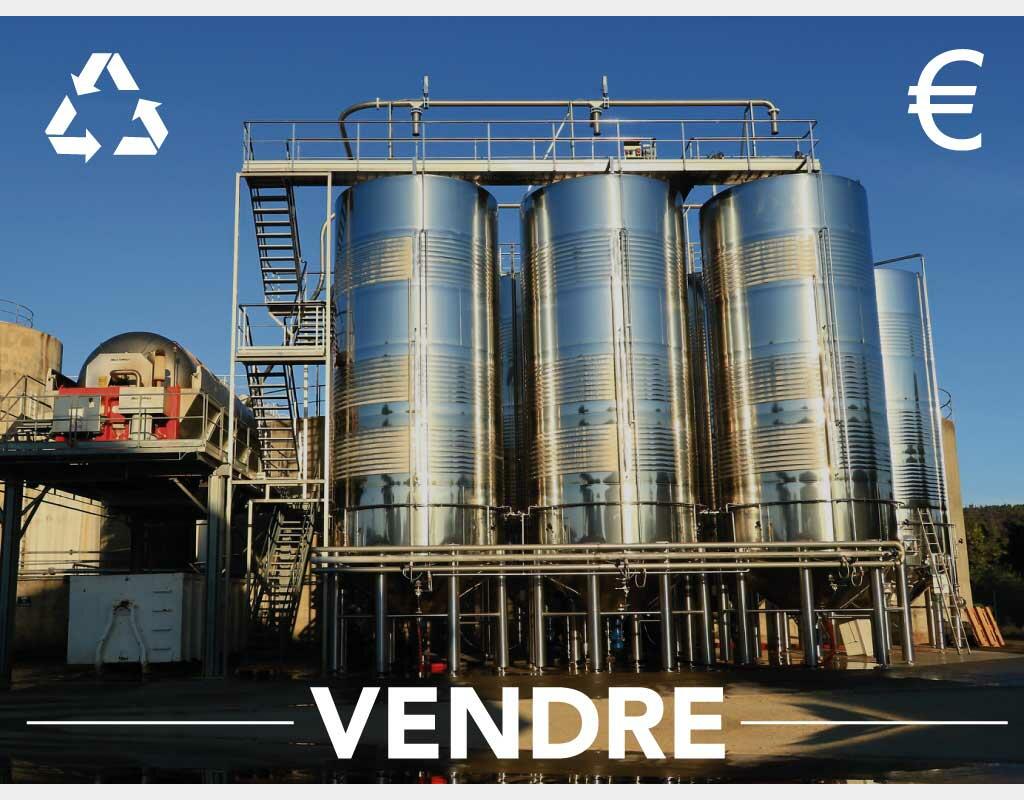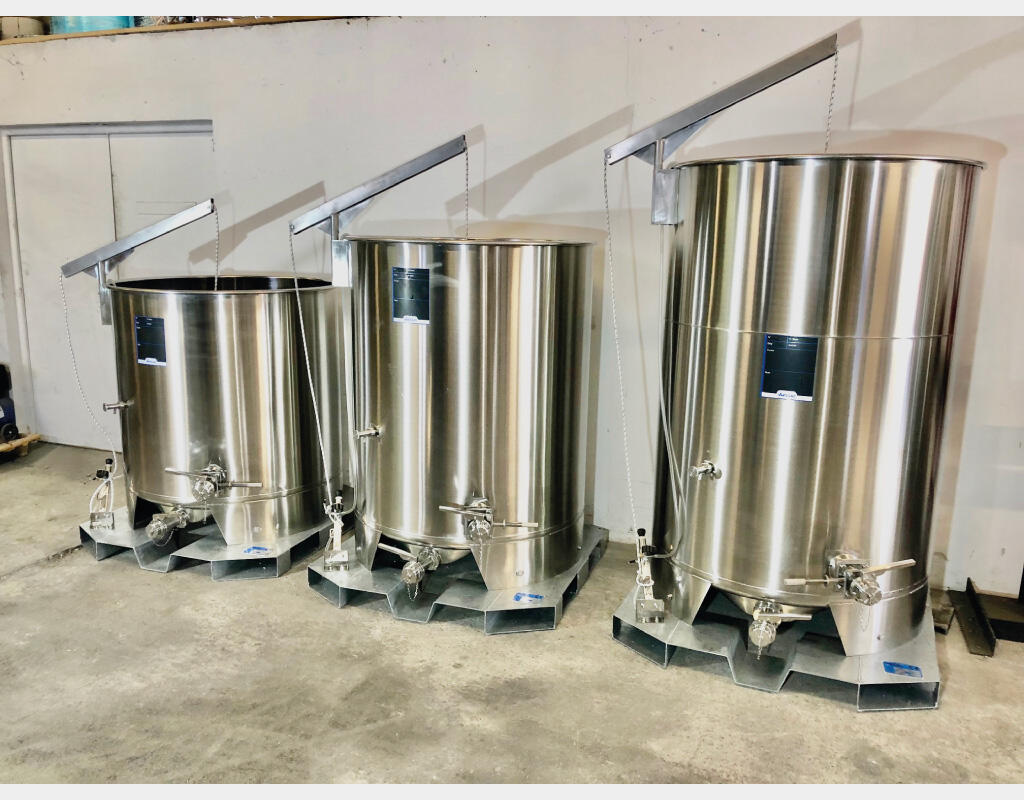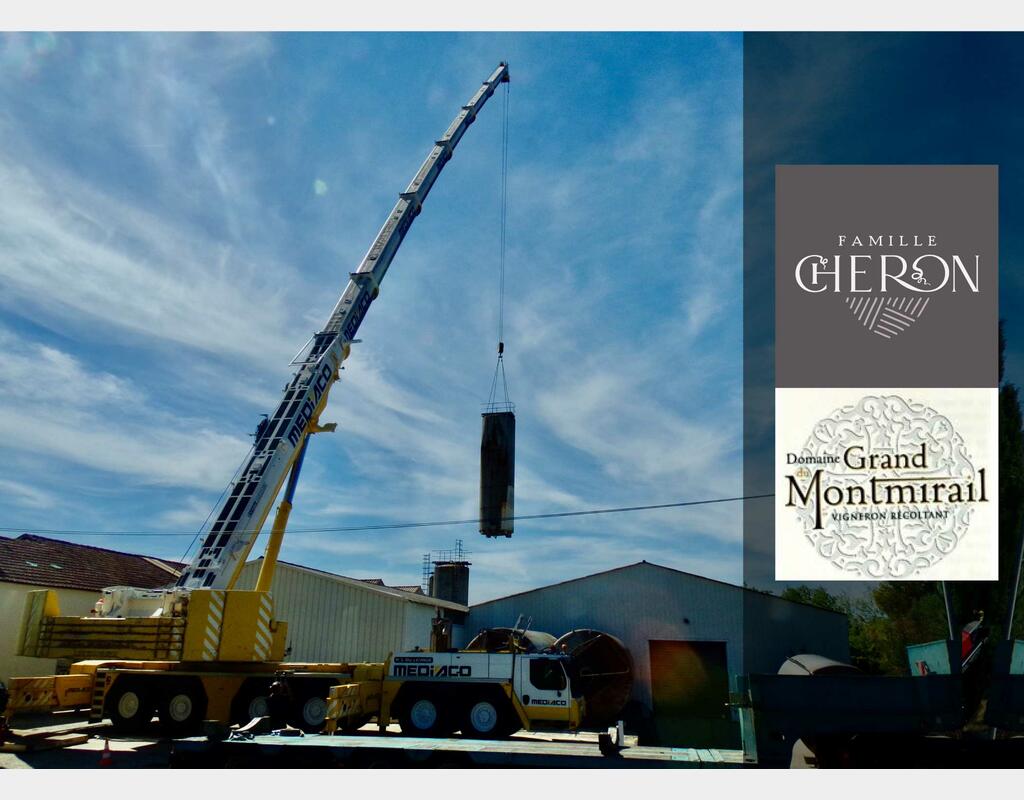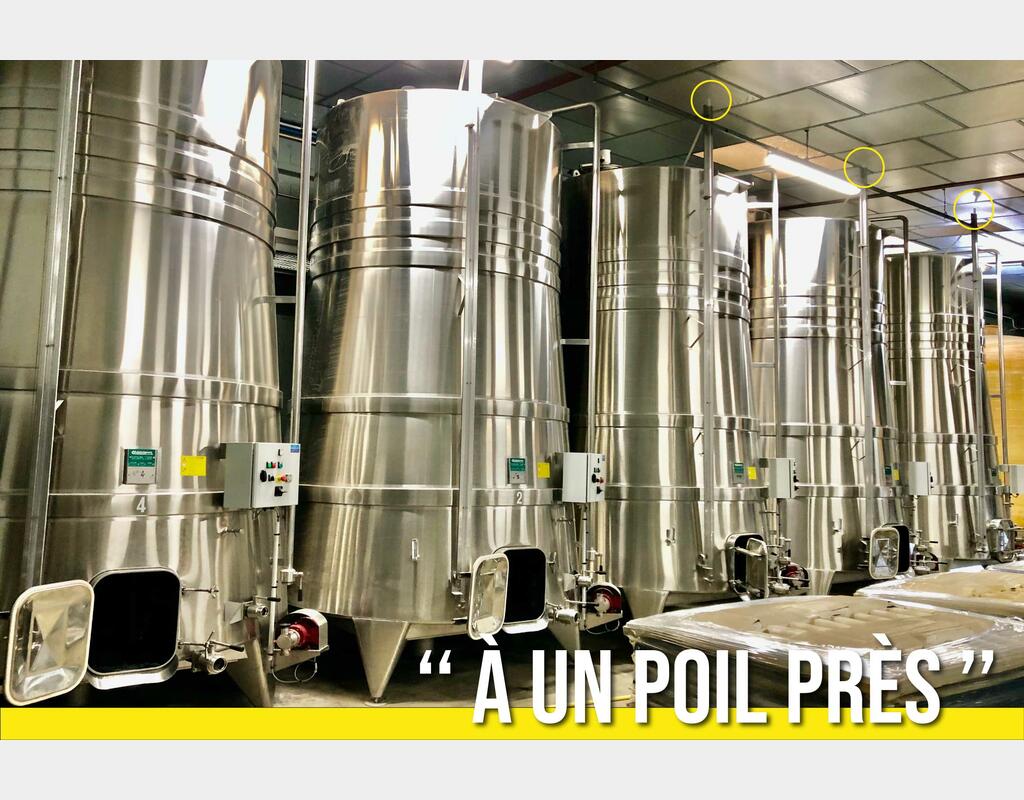Looking for a second-hand water tank ?
Second-hand tanks as a sustainable and economical solution
A water tank is a reservoir that stores water for human consumption, agriculture or any other use. These tanks are indispensable in a water supply network to compensate for seasonal variations in drinking water demand.
Rainwater harvesting consists of collecting rainwater in a storage tank and then reusing it for activities such as watering the garden, washing the car, using the toilet, etc. It is an excellent idea for the environment and for the health of the population. This is an excellent idea for the environment, as it reduces the consumption of drinking water, an increasingly scarce and precious resource.
Rainwater harvesting is becoming increasingly popular with both private and professional users, due to its positive impact on the environment and the reduction in water costs. If you are considering installing a rainwater harvesting tank, you should be aware that there are different types of tanks, suitable for different purposes. It is important to choose the right tank for your needs and to respect the technical recommendations for an optimal installation.
→ Discover the water storage tanks available in stock
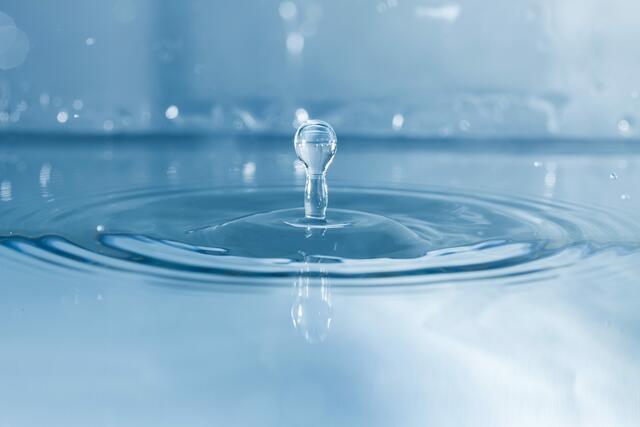
Which tank to choose for rainwater harvesting
Firstly, there are drinking water tanks. This type of tank is specially designed to store rainwater for human consumption, after it has been treated and filtered to remove impurities. It is important to choose a quality tank to avoid the risk of contamination.
Then there are rainwater harvesting tanks, which are used for watering gardens and green areas, filling swimming pools or washing cars. This type of tank is often cheaper than drinking water tanks and can be easily installed. However, it is recommended not to use the collected rainwater for watering vegetables or fruit, because of the risk of contamination by airborne pollutants.
Finally, there are irrigation tanks, which are used for agriculture and industrial activities. These tanks are usually large and can be installed outdoors or indoors. They can be used to store rainwater or other water sources, such as surface water or groundwater.
It is therefore important to choose the tank that best suits your needs and intended use. You should also take into account the characteristics of your land and the technical constraints for an optimal installation. If you have any doubts, do not hesitate to ask the advice of a rainwater harvesting professional. It is important to take into account the location of the tank and to choose the type of tank adapted to its location. It is important to consider the location of the tank and to choose the right type of tank for the location. Underground tanks are often preferred for aesthetic reasons, but not all tanks can be buried. It is therefore important to choose a tank that can be optimally installed according to your constraints and needs.
Second-hand tanks for eco-responsible rainwater harvesting
Buying a new tank can be expensive. It is therefore possible to buy a second-hand tank that can be sold as a rainwater harvesting system. In this article we will look at the advantages and disadvantages of buying a second-hand rainwater harvesting tank.
The advantages of buying a second-hand rainwater harvesting tank: The main reason for buying a second-hand rainwater harvesting tank is the cost. Indeed, a second-hand tank can be much cheaper than a new one. In addition, by buying a second-hand tank you can help reduce the amount of waste in the environment, as you are giving a second life to a product that would otherwise be thrown away.
It is also possible to find large capacity used tanks, which is ideal for large properties or businesses that need to store large amounts of rainwater. Finally, by buying a second-hand tank, you can find a high-quality tank at a good price.
Buying a second-hand rainwater harvesting tank can be a great option for those looking to save money and reduce their impact on the environment. However, it is important to check the condition of the tank before buying and to consider the potential drawbacks. With a little research and caution, you can find a quality used tank that will meet your rainwater harvesting needs.
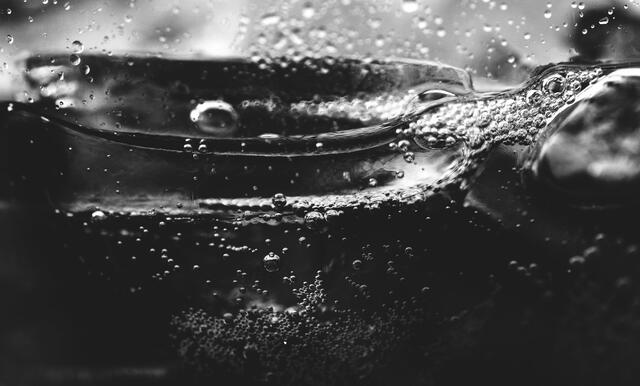
The advantages of second-hand water recovery and storage tanks
- Second-hand tanks are often less expensive than new ones, making them more affordable for landowners and farmers looking to reclaim rainwater for irrigation.
- Used tanks are often made from durable, weather-resistant materials, making them ideal for outdoor use.
- Used tanks can be found in a variety of sizes and shapes to suit individual needs.
- Used tanks can be used to store large quantities of water for use in times of drought or emergency.
- Used tanks can be used to store high quality water for animals or crops, which may be difficult to obtain from other water sources.
- Used tanks can be placed on racks to make it easier to fill buckets and watering cans.
How do I choose a used tank ?
- Look for a tank in good condition, with no cracks or leaks.
- Check the size and shape of the tank to make sure it meets your needs.
- Make sure the tank is made from weather-resistant materials that are durable for outdoor use.
Installation of rainwater harvesting tanks: all you need to know
Rainwater harvesting tanks can be placed above or below ground level. If the tank is installed above ground, it is essential that it is well secured to prevent it from tipping over in strong winds. A full tank can weigh several hundred kilos. It is therefore important to ensure that it is firmly anchored to the ground, using suitable fixings.
If the tank is buried, this saves space and reduces the visual impact of the tank in the garden. However, not all tanks are designed to be buried. It is therefore important to check the technical characteristics of the tank before purchase and to follow the manufacturer's recommendations for optimal installation.
Poor installation can lead to problems of leaks, poor sealing or corrosion. In addition, it is important to choose the location of the tank according to the water requirements and the environment. It is advisable to install the tank close to the points of use of the rainwater, but also to provide easy access for maintenance and servicing.
Finally, it is important to respect the regulations in force regarding the installation of rainwater harvesting tanks. Depending on the country and region, authorisations may be required to install an underground or large capacity tank.
Installing a rainwater harvesting tank is an excellent ecological and economical initiative. However, it is important to carefully consider the needs and constraints before choosing the type of tank and its location. It is also essential to respect the manufacturer's technical recommendations for an optimal and durable installation. If the collected water is not intended for direct consumption, it does not require treatment, making the system inexpensive to install and maintain.
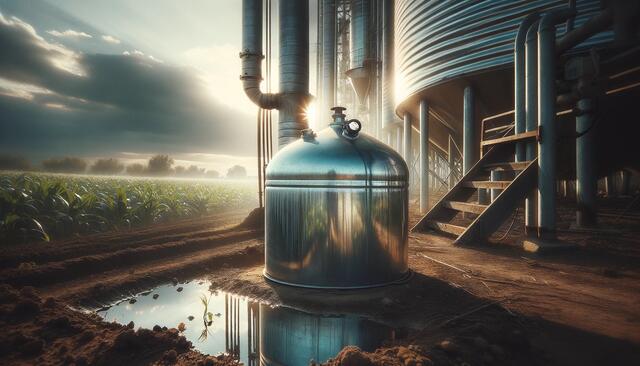
Any doubts about the feasibility of your project?
Please contact us if you have any questions or if you would like more information about our used tanks. We will be happy to help you find the rainwater harvesting solution that best suits your needs.
FAQ about used water tanks
Q : Are used water tanks safe to use ?
A : Yes, used water tanks are safe to use as long as they are installed and maintained correctly. It is important to check their condition before use and to follow the manufacturer's recommendations.
Q : Can I store drinking water in a used tank ?
A : Yes, some second-hand water tanks are specially designed for storing drinking water. It is essential to ensure that the tank is clean and free of contaminants before storing drinking water.
Q : Do used water tanks require any special maintenance ?
A : Like all equipment, used water tanks require regular maintenance to ensure they are working properly. This can include periodic inspections, cleaning and repairs as required.
Q : What is the typical lifespan of a used water tank ?
A : The lifespan of a used water tank depends on a number of factors, including the material of construction, environmental conditions and maintenance. In general, with proper maintenance, tanks can last for many years.
In conclusion, second-hand water tanks offer a practical and environmentally-friendly solution for recovering and storing water. Their durability, corrosion resistance and versatility make them an attractive choice for a wide range of applications. By considering the benefits and factors to take into account when purchasing and installing, you can take full advantage of the benefits of stainless steel tanks to meet your water needs.
✖ Any doubts about the feasibility of your project?
Don't hesitate to contact an Arsilac manager if you have any questions or would like more information about used tanks. Find the rainwater harvesting solution that best meets your needs.
_
Note: This article is for information purposes only and does not constitute professional advice. It is recommended that you consult experts and comply with the specific regulations of each industry.
#tank #water #storage #cistern #sstank

